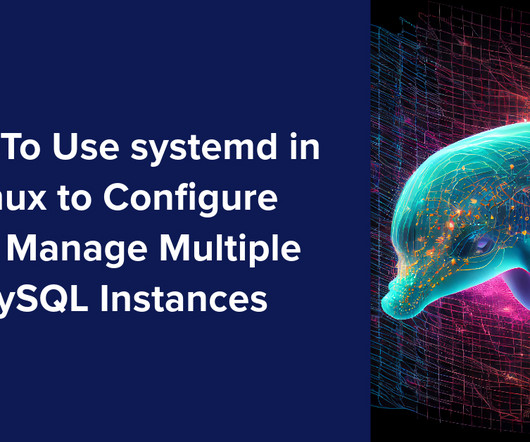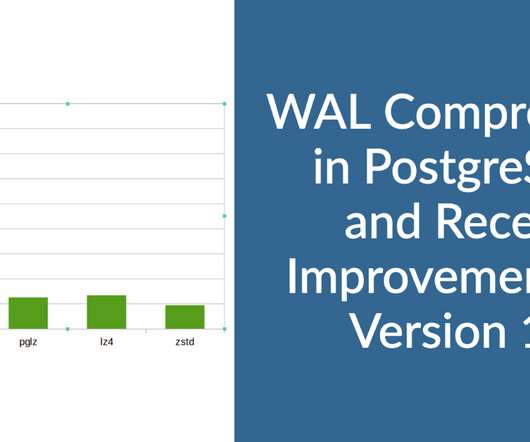Weekend Reading: Amazon Aurora: Design Considerations for High Throughput Cloud-Native Relational Databases.
All Things Distributed
MAY 19, 2017
In many, high-throughput, OLTP style applications the database plays a crucial role to achieve scale, reliability, high-performance and cost efficiency. For a long time, these requirements were almost exclusively served by commercial, proprietary databases.
























Let's personalize your content